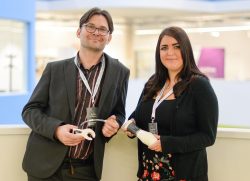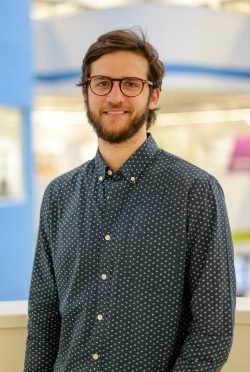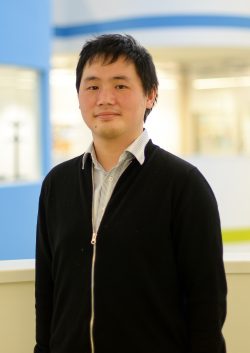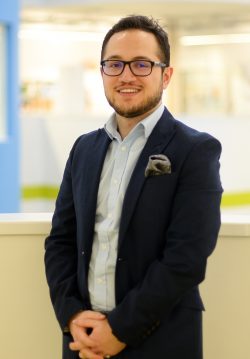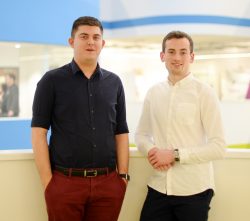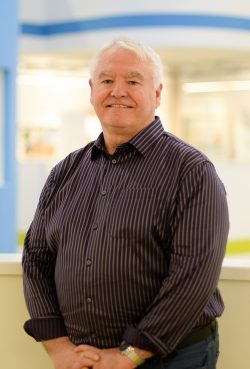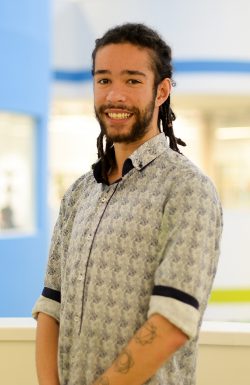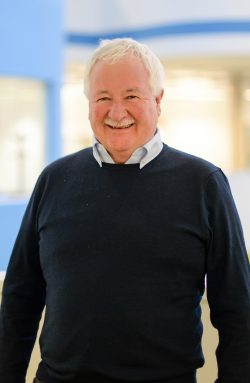Smart Gum Shield, Robert Paterson (Director), of ORB Innovations
Robert Paterson has invented a smart gum shield that will be used for concussion research to aid understanding in where, when and why the injuries occur. Ultimately preventing misdiagnosed head injuries in sports such as rugby, American football and hockey.
Robert himself suffered a misdiagnosed head injury while he was in sixth form in Reading. He was knocked unconscious during a Rugby match and taken to hospital, where he was told he had a concussion and sent home. Within 48 hours he was back at hospital, after symptoms worsened. A CT scan found he had a subdural haematoma, a bleed inside the head.
Robert went on to graduate with a First Class Hons Masters in Design Engineering at Loughborough. After beginning work on this project a year ago, he won an inter-university Dragons Den-style competition, the Launch It prize worth £3k funding and IP consultancy.
Robert says:
“I’ve always wanted to be an inventor and make things that help people. Although having my own head injury misdiagnosed was very difficult at the time, it has inadvertently provided me with the motivation and insight to do this. My aim is to get an ORB’s smart gum shield into every rugby kit in the country, and drastically reduce misdiagnosed head injuries in sport.”
